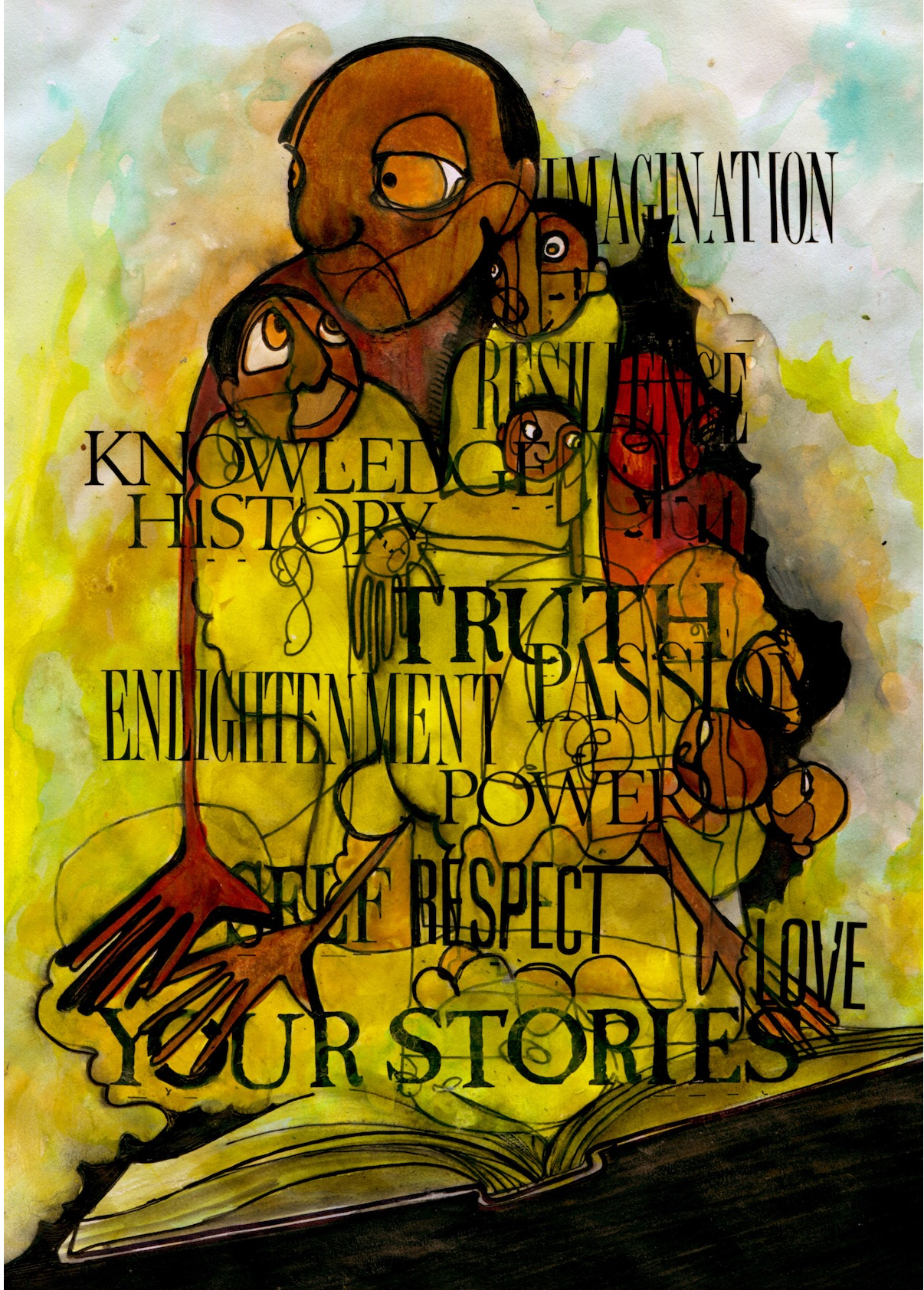"Miles Morales: Suspended" Takes a Powerful Stand against Book Censorship
Set weeks after the events of Jason Reynolds’s book Miles Morales: Spider-Man, Miles Morales: Suspended features Miles Morales in a heap of trouble. Not only has he landed in-school suspension, but his Spidey-Sense keeps noticing termites acting strangely, eating pages and words that belong to Black and Brown writers. In order to save their words, he must figure out the source of the termites before it’s too late.
One of the best features of this book is its mixed media format. Writer Jason Reynolds and artist Zeke Peña tell Miles’s latest adventure through prose, poetry, and illustrations. Not only does this enhance the storyline by exploring Miles’s point of view through multiple media, but it also serves to draw in readers of different stripes, whether they are reluctant ones or well-read. Zeke Peña’s artwork consists of intricate black-and-white drawings that provide a visual for certain thoughts that Miles has, such as the changes he’s experienced since getting his powers. Yet the poetry is a special treat, showcasing Reynolds’s skill and giving Miles deeper character development by exploring his emotions and creativity.
A notable use of poetry is when Miles uses poems to answer questions on his school work, such as a question for chemistry class that asks, “When have you ever been a green banana? A brown and bruised one?” Miles responds, in part, “No / I ain’t ever been no green banana / I was born brown / and what some call bruises be Brooklyn / beauty marks.” These lines are even more powerful when you read what comes before—a series of poems about his family and neighborhood that represent his “banana tree.”
 In fact, there are so many enjoyable poems in this book that I bookmarked quite a few as favorites as I read this on my ereader. There were also moments, moreover, that Reynolds’s prose reads like poetry. A favorite example is when he writes, “The library at Brooklyn Visions Academy was big and warm and had the leather and wood, cooper grommets and rivets, and all the sophisticated craftsmanship of an old building. As if the woodworkers were trying to make a monument out of cursive writing. The banisters all curled. Pillars like t’s crossed with intricately decorated beams.”
In fact, there are so many enjoyable poems in this book that I bookmarked quite a few as favorites as I read this on my ereader. There were also moments, moreover, that Reynolds’s prose reads like poetry. A favorite example is when he writes, “The library at Brooklyn Visions Academy was big and warm and had the leather and wood, cooper grommets and rivets, and all the sophisticated craftsmanship of an old building. As if the woodworkers were trying to make a monument out of cursive writing. The banisters all curled. Pillars like t’s crossed with intricately decorated beams.”
In addition to Miles himself, the book revolves around a new and returning cast of characters such as Miles’s crush, Alicia; Miles’s best friend, Ganke; and his fellow in-school suspension classmate Tobin E. Rogers. Although Miles only has a handful of interactions with Alicia, they are wholesome in that “I got butterflies for you but not sure if it’s mutual” way that teenage crushes have.
One minor issue I had with the characterization is the lack of explanation for who the antagonist was revealed to be. Although he is a solid allegorical representation of racism and book banning and is implied to be connected to the antagonist from the previous book, I didn’t quite understand how he got involved in the first place.
A minor detail I enjoyed is how you didn’t necessarily need to know or remember what happened in the first book in order to enjoy this one. Since the events of the previous book are summarized in a simple manner, readers can jump right in without any confusion.
All in all, Miles Morales: Suspended takes a powerful stand against book censorship by showing why words and books matter. With prose, poetry, and artwork, Jason Reynolds and Zeke Peña show that while the books and words of marginalized writers may get devalued, they are still worth writing down and reading.

The Afro YA promotes black young adult authors and YA books with black characters, especially those that influence Pennington, an aspiring YA author who believes that black YA readers need diverse books, creators, and stories so that they don’t have to search for their experiences like she did.
Latonya Pennington is a poet and freelance pop culture critic. Their freelance work can also be found at PRIDE, Wear Your Voice magazine, and Black Sci-fi. As a poet, they have been published in Fiyah Lit magazine, Scribes of Nyota, and Argot magazine among others.

